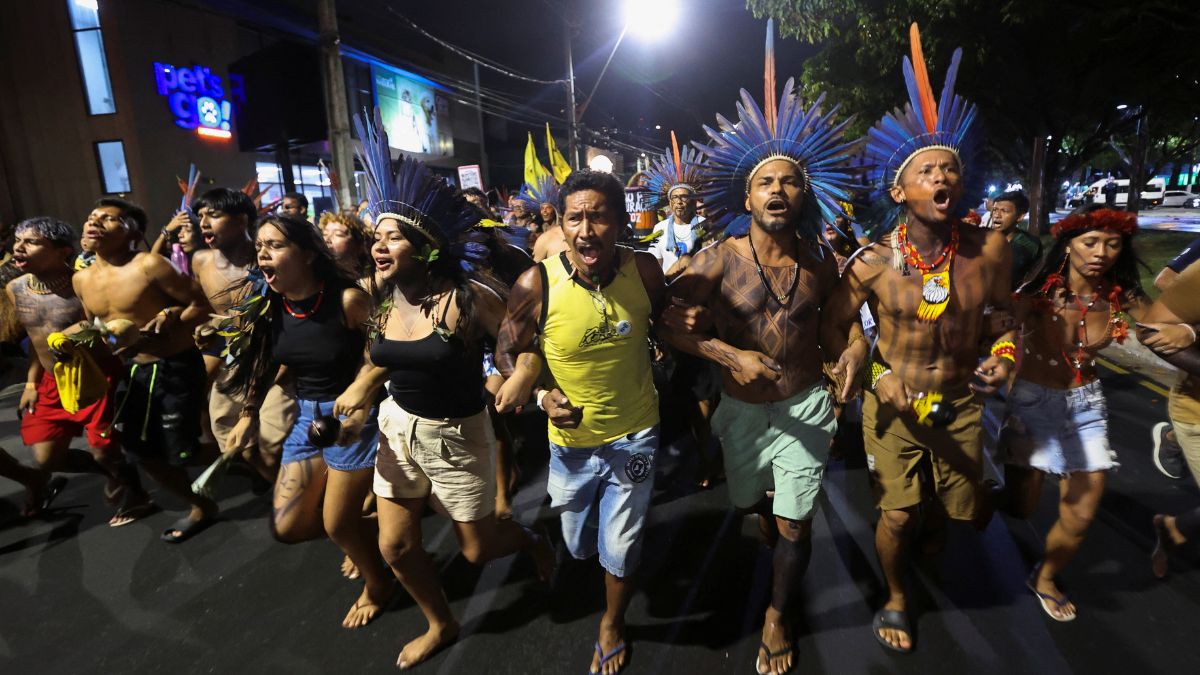The Brazilian government has announced that boundaries have been drawn for 10 new Indigenous territories on Monday. This gives a wider platform for the representation that disrupted UN climate talks in Belem.
President Lula da Silva has already given consent to 16 indigenous territories since taking charge in 2023. Some groups have also criticised the slow growth of the state and highlighted delayed development.
The new territories span seven states and benefit people from several communities, including the Munduruku, Tupinamba, Guarani-Kaiowa and Pataxo, the government said in a statement.
Immediate step
The new territories help in recognising the lands and are considered an immediate step to flourish the landscape.
Climate warming remains a problem, thousands of protestors marched at the Cop 30 Summit against the same issue, and asked for prompt action.
The indigenous groups are asking for greater representation at COP30 and their decisions have been met as a step towards preserving their territories.
Protest to save territories
Dozens of indigenous protestors staged a protest outside the Cop 30 conference venue in Belem. Dozens of protestors clashed with security forces who were guarding the venue on Tuesday.
Last Wednesday, renowned Brazilian tribal chief Raoni Metuktire told journalists at a parallel event to the UN talks that Lula “must respect us."
The indigenous population is not satisfied with the government for their actions to save the environment.
“I will make an appointment with him, and, if necessary, I will give him a talking-to so that he listens to me,” said Raoni.
Promise by Lula
Lula made demarcation of indigenous lands a campaign promise. Currently indigenous lands occupy 13.8 per cent of Brazilian territory.
Scientists also suggest that demarcation of these indigenous lands will help to save the environment and preserve global damage.
)